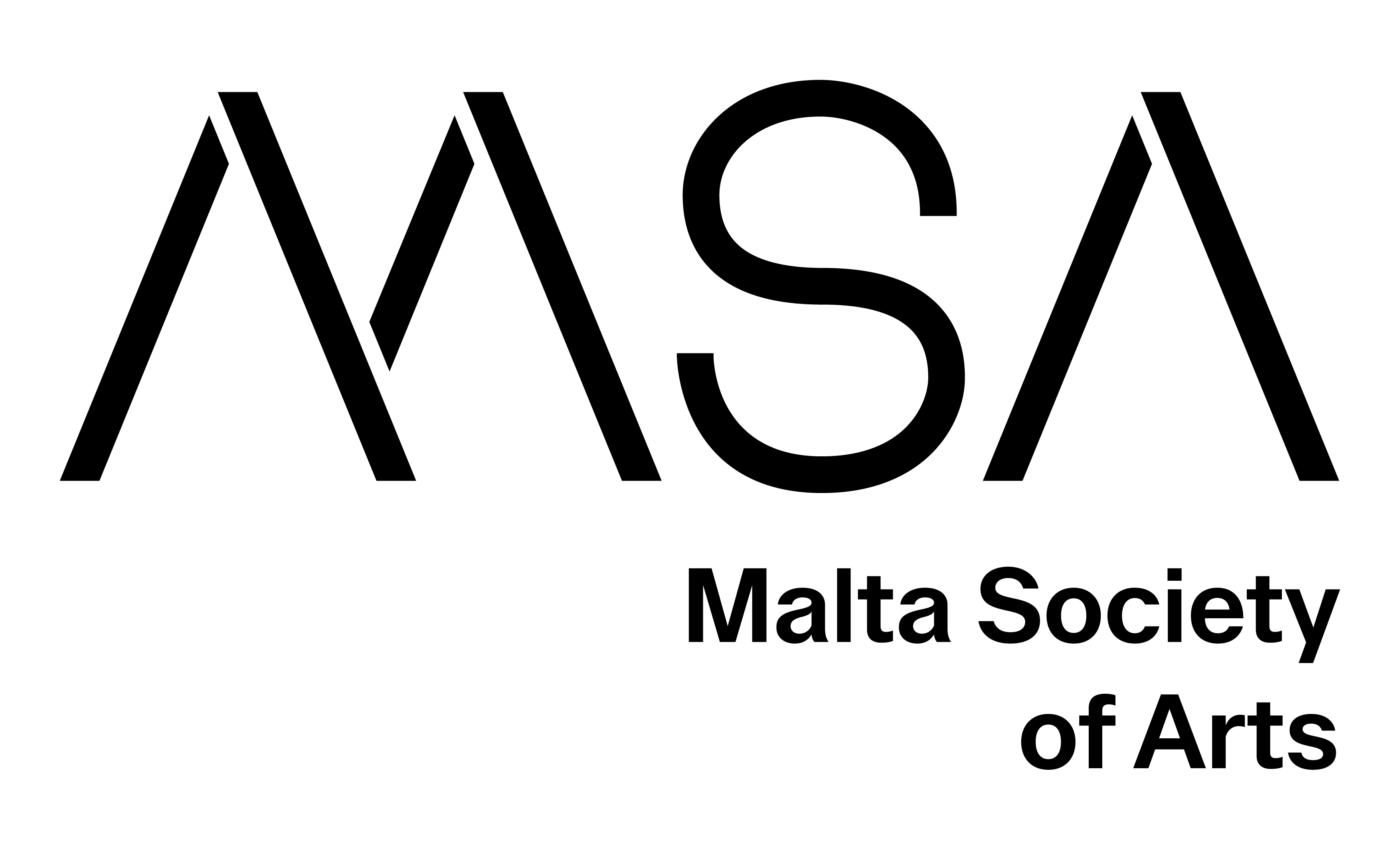The paper focuses on possible ways in which new media art becomes a critical social and cultural theory that deconstructs and subverts biometrics to question the impact of these technologies on the politics of the body, new definitions of identity as well as new forms of power and social relations in the age of permanent insecurity.
Digital biometrics are perceived by general public as the most effective, economical and non-intrusive weapon in the war against terrorism. This conviction is a result of information campaigns run by both commercial producers as well as authorities who seek new strategies for efficient social control. The rhetoric of security based on biometric identification and verification of identity is an example of the excessive faith in the potential of state-of-the-art technologies. On the one hand, many authors emphasize that digital biometrics are still not sufficiently accurate and prone to errors that may lead to social sorting, segregation and various forms of discrimination. On the other hand, the ubiquity and pervasiveness of biometrics is interpreted as a factor that affects the formation of a new ontology of the body. The body that is seen merely as a space of information that can be operated, manipulated, modulated and organized in an infinite number of ways with more and more effective AI technologies. The so-called “date body” becomes more and more vulnerable to various forms of external surveillance. At the same time the self-conscious embodied subject gradually loses control over his/her physical existence, individual identity and existential opportunities. His/her agency as a social and political entity becomes limited as well. For these reasons biometric surveillance can be seen as a modern form of biopower.
Searching for examples of critical artistic analysis of biometric surveillance I refer to projects by artists such as Marnix de Nijs, Zach Blas, Mushon Zer-Aviv, Sterling Crispin, Heather Dewey-Hagborg and The Microbiome Security Agency, who experiment with biometric technologies in a subversive way to develop a critical discourse on contemporary surveillance society, biopolitics and the role of technology in the evolution of biometrics. At the same time, these artists propose various form of activistic engagement in the search for possible spheres of autonomy, subjectification and emancipation in the more and more authoritative biopolitical conditions. This close connection between critical theory and activism determine the specificity of contemporary sous- and counter surveillance praxis.
Maciej Ożóg (Ph.D.) is a theorist of culture, media&sound artist, and curator. His research focuses on interactive art, tactical media, bio art, network society, surveillance studies and posthumanism. He has published a number of articles on aesthetics and history of new media art, history and theory of avant- garde film, video art and experimental music. His book Living in a silicon cage. New media art as a critical analysis of digital surveillance was published by The University of Łódź Press in 2018 (in Polish). Since the early nineties he has been involved in experimental music scene of Poland. He works in the field of live multimedia performance, interactive installations and video art. In his solo performances he critically explores the liminal territory between physical activity of the body and invisible electromagnetic infrastructure of the hybrid space. He uses custom designed sound devices as well as digital and analogue electronics.
Back







